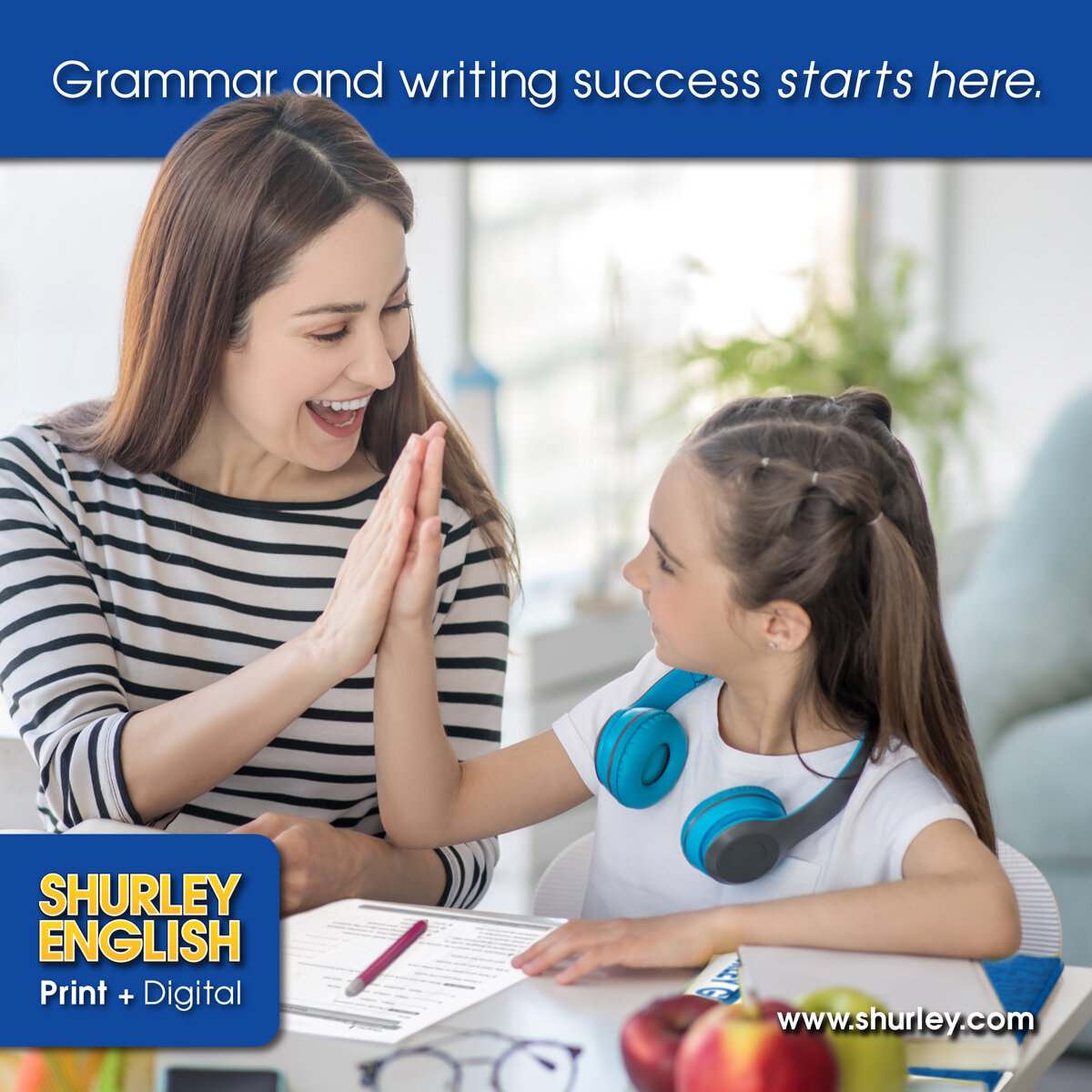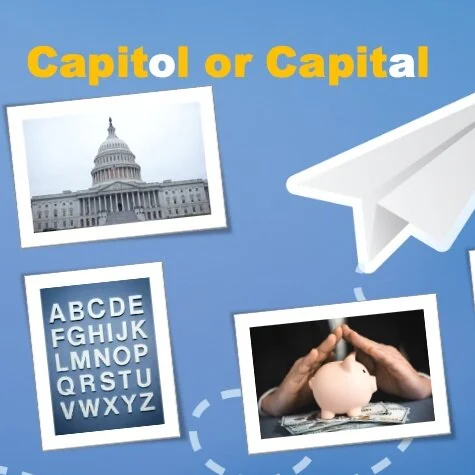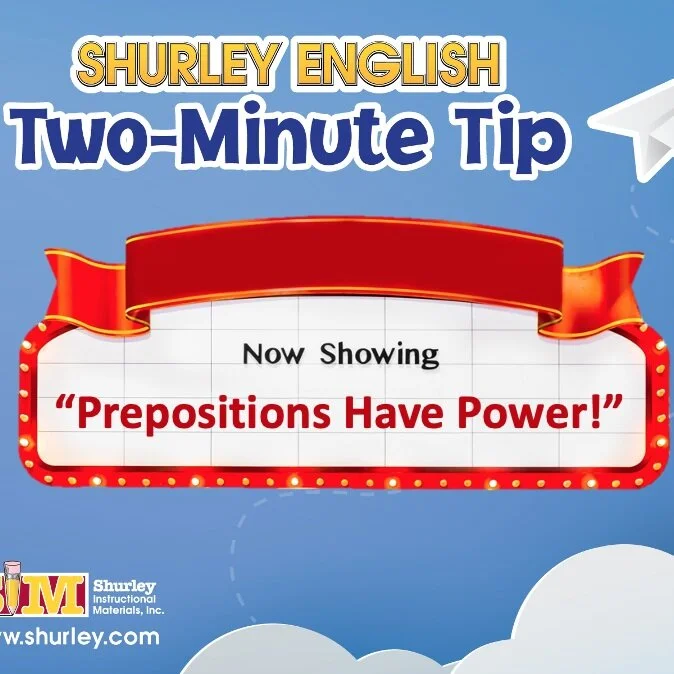How to Create a Positive Learning Experience
/Remember a day when you woke up on the wrong side of the bed, spilled your coffee on your way to work, your students ended up not being the angels you taught the previous day, and it was nowhere close to being Friday. Can you remember how you approached teaching your students that day? Were you “on-edge,” grumpy, upset, impatient, irritable, or even lacking compassion towards them? Don’t forget, YOU’RE HUMAN and this happens because life happens! My point in bringing this up is to remind you that your students respond to your approach to teaching them; they sense the positivity or negativity you bring to the lesson and will model themselves after their teacher.
Simply put, the KEY ingredients in creating a positive learning experience are...
- your attitude,
- your energy,
- and your vibe.
I believe this information is valuable in teaching, especially when teaching Shurley English, because your attitude/energy/vibe can directly affect student engagement, and by now you know how much student-teacher interaction is incorporated into the curriculum. Whether you’ve had a sub-par day or you haven’t quite fallen in love with teaching Shurley English yet, your students are still depending on you to deliver the tools they need to become good writers. If you approach teaching Shurley English with an open mind, some humor, and an intention to have fun while learning, you and your students will be set up to have a positive learning experience.
If you, the teacher, have not been properly trained, have questions or concerns about the curriculum, and have a difficult time trusting the process, your students may be modeling your current viewpoint, which could be resulting in a lack of participation and overall interest in the subject matter. The K-8th grade Shurley English curriculum is designed for your students to “See It, Hear It, Say It, & Do It!” All the teacher has to do is approach each lesson with some positive enthusiasm and raise his/her eyebrows every once in a while to get a few smiles and 100% participation. Don’t hesitate to call our corporate office to get your questions answered, schedule a webinar training, or invest in some on-site training with one of our Certified Consultants; we truly want you to have a successful year teaching Shurley English.
I previously posted a blog called, The Perfect Shurley Teacher, which might be helpful if you feel like I’m speaking to you. Also, consider this…when I lead teacher trainings, my goal is to make sure everyone sees and understands the big picture of what Shurley English was created to do while also stressing the importance of consistency and using the curriculum with fidelity to give your students the opportunity to be the best writer they can be. Shurley English is a treasure chest full of gems waiting for you to bedazzle your classroom, so do what you, personally, need to do to give your students the BEST version of their TEACHER and have an enjoyable Shurley experience!















































































































